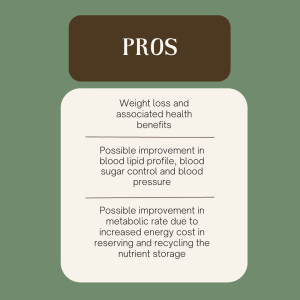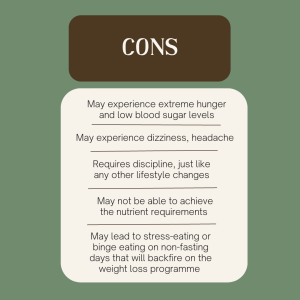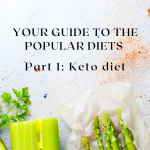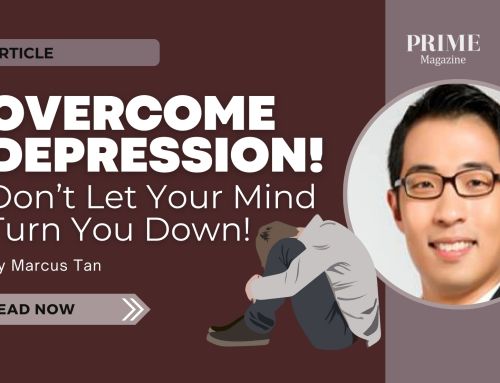Your Guide to Popular Diets — Part 5: Intermittent Fasting
What Is Intermittent Fasting?
Intermittent fasting (IF) is an eating pattern that cycles between periods of eating and fasting rather than focusing on what you eat. People use it for weight management and possible metabolic benefits.
There are two main ways to practise it:
-
Time-restricted eating (daily fasting): You avoid calories for an extended period each day, usually by leaving at least 14 hours between dinner and breakfast. Popular examples include the 16:8 method (fast for 16 hours, eat within an 8-hour window) or 14:10 for beginners.
-
Intermittent calorie restriction (weekly or monthly): You eat normally on most days but eat very few calories on others. For instance, the famous 5:2 diet allows normal meals 5 days a week, then limits intake to about 500–600 kcal on 2 non-consecutive days. Those calories can come from 2–3 small, balanced meals.
Because IF focuses on timing rather than specific foods, it can be flexible. However, food quality still matters for health and weight control.
What to Eat During Eating Windows
Although IF doesn’t ban any food groups, you’ll get better results if you:
-
Choose whole foods such as fruits, vegetables, whole grains, lean protein, and healthy fats.
-
Limit ultra-processed foods and sugary snacks, which can lead to overeating once the fast ends.
-
Drink water, unsweetened tea, or black coffee during fasting periods to stay hydrated.
-
Avoid breaking fasts with heavy fried foods or sweets, as they can spike blood sugar and cause energy crashes.
Possible Benefits
Research shows intermittent fasting may:
-
Support weight loss by naturally reducing calorie intake and improving appetite control.
-
Improve insulin sensitivity and help manage blood sugar levels.
-
Enhance heart health by reducing blood pressure, cholesterol, and inflammation markers in some people.
-
Boost cellular repair through a process called autophagy, where the body clears out damaged cells.
-
Support brain health and potentially slow age-related decline, though more human studies are needed.
Because it is simple and doesn’t require calorie counting, many people find it easier to stick with than strict diets.

Potential Drawbacks & Safety Concerns
-
Hunger and fatigue: Early on, you may feel tired, irritable, or lightheaded while adjusting.
-
Nutrient gaps: Skipping meals without careful planning can reduce intake of key vitamins and minerals.
-
Overeating risk: Some people overeat or consume large amounts of food during eating windows, which can undo the calorie deficit.
-
Unsuitable for some groups:
-
Children and teens
-
Pregnant or breastfeeding women
-
Frail older adults (for example, people over 70 years old)
-
People with uncontrolled diabetes, hypertension, or certain medications that require regular meals
If you have chronic conditions, consult a healthcare professional first.

How to Practise Intermittent Fasting Safely
-
Start gradually: Begin with a 12-hour fast and extend slowly if comfortable.
-
Stay hydrated: Drink water, tea, or black coffee during fasting hours.
-
Prioritise nutrient-dense foods: Include lean proteins, vegetables, fruits, whole grains, nuts, and seeds when you eat.
-
Plan your meals: Don’t break fast with junk food. Balanced meals prevent energy crashes.
-
Listen to your body: Stop if you feel dizzy, faint, or unwell.
A registered dietitian can help you tailor IF to your lifestyle and ensure nutrient needs are met. PRIME












Leave A Comment